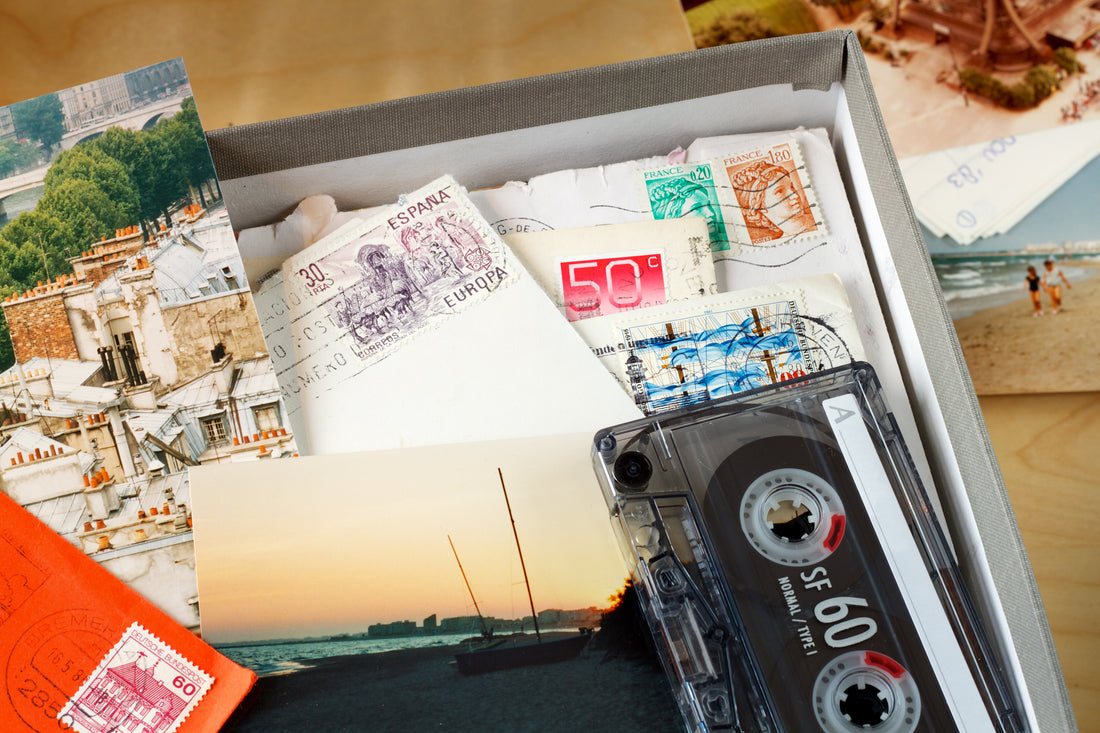
Your Memories Are Your Legacy
Dr. Linda Hancock![]() This year I decided that it was time to bring some order to the family information that I have and to use it to build a legacy for my descendants. Even though I bought a membership to a wonderful software program, it has been kind of like trying to put together a 100,000 piece puzzle. You see, I have the family lineage for four grandparents traced back to the 1600s.
This year I decided that it was time to bring some order to the family information that I have and to use it to build a legacy for my descendants. Even though I bought a membership to a wonderful software program, it has been kind of like trying to put together a 100,000 piece puzzle. You see, I have the family lineage for four grandparents traced back to the 1600s.
Now you might not have any desire to invest your time and energy to this extent. You need to remember, though, that the information and memories you have will likely be lost once you leave this earth unless you do something to prevent that from happening.
I have been so grateful to the family members who have shared their stories and photos with me and know there are people in your family who would feel the same way if you would do the same with them.
Following are a few steps that will help you to build a beautiful legacy for others:
1. Designate a physical place where you can store family information. I use an old briefcase, a binder with dividers and some photo boxes.
2. Label your photographs. A date, location, names and ages of the individuals in the picture can easily be written on the back with a permanent marker that will not fade or damage like a ballpoint pen would do.
3. Gather items with historical significance. Baptismal certificates, awards, or funeral cards can easily be scanned, stored in labeled computer files and then shared and used repeatedly. Remember to make back-up copies!
4. Ask good questions of other family members who will likely be pleased that you are interested. Everyone has a story to tell and you will be surprised at what you learn from the ones that people will tell you if you are willing to listen.
5. Take good notes. Even when you are sure that you will remember things, there is always a chance that you will forget details. And besides, your written notes will likely be valued by others when you are gone.
6. Use your camera! Opportunities to take photographs of a family group, place or even a tombstone might disappear. You never know when someone will die, a building will be demolished or time will erode something you think will last forever.
7. Search the internet for information. I have been shocked at the amount and types of information about my family found that ten years ago would not have been so easily accessible. Trying searching for your own name and you might be surprised at what you will find!
8. Set up a system to organize your information. I recently purchased a number of acid-free boxes that I plan to use to sort items into categories. I have one for each of my adult children's families, one for the time when the children were still at home, one for the family and home during my growing up years, and one for all the earlier years where I will store information about grandparents and other extended family members.
9. Begin telling the stories now. You might want to do this in person, with the help of a video camera or in writing. I am so thankful that my paternal grandfather left about thirty pages in his own handwriting that documents his early years dating back to 1888. Your child would likely treasure a birthday gift that describes the day s/he was born.
10. Choose a format that you will use to pass the legacy onto others. I have purchased a software program that allows me to upload photos, enter notes and print pages of selected groups from the family tree. All of this and scanned photos from my old albums will eventually be stored on individual external hard drives which can then be given as gifts to each child for his/her family.
Legacies can take different forms. The most personal and powerful one that you can leave for your family, however, consists of the memories and information that no one else has - at least until you give it to them! And then it becomes a legacy to be passed down through the ages.
